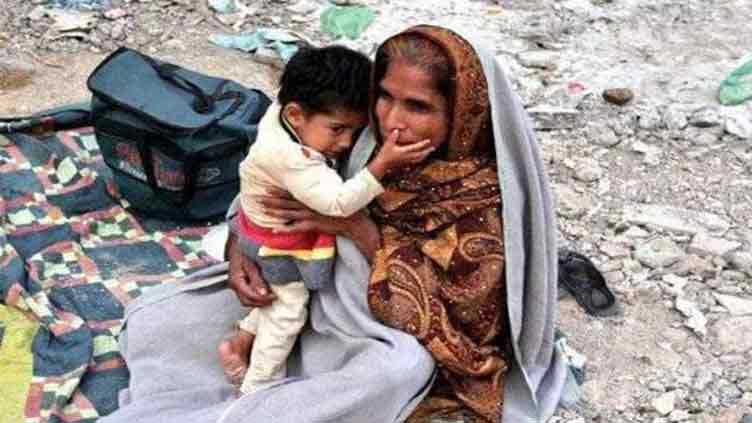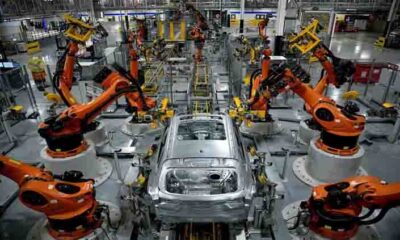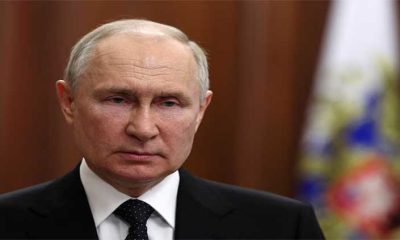The newspapers and TV screens are bombed with new housing schemes, new eateries serving the elite and upper middle class are being opened, car parking is a problem outside high-end outlets and departmental stores during rush hours, brand new SUVs and convertibles are seen on roads.
On the other hand, there are others who have reduced food intake due to a record-high inflation, once bustling markets with the middle class families are empty, there are long queues of men and women where cooked meal or grocery items are the distribution points.
Both scenario involve real humans living in the same country and city amid the same economic crisis that has triggered inflation and cost of living crisis. Same
Surely, there is something that differentiates the two sets of people. What is this? Ample finances for the first and reduced purchasing power for the second?
Yes, but there is something more as the cost of living or purchasing power crisis should affect everyone. There is inflation and the prices of all commodities – from food to luxury items – have surged.
If the income of the first set of people has also reduced and they are only spending their savings, then it is incomprehensible because they aren’t stupid. No one would waste money on expensive coffee or imported car or buy a piece of land without a sustained money supply.
So the only thing separating the two is that the elite and the upper middle class still enjoy reliable sources of money even during an economic crisis that has destroyed many lives.
And it is also means that the gap between the rich and the poor is widening – the most frightening consequence of the current turmoil.
Of course, the wealthy classes around the world are acting in the same. China is an example. But it raises another question: for how long they can sustain this crisis or are they immune to it?
As far as Pakistan is concerned, we need more in depth look into the phenomenon as we don’t have the required industrial base and economic resources.
“Tax amnesty schemes and exemptions are for the rich. The salaried class members start thinking about the next pay cheque even before 15th of the month,” says a citizen, explaining the state of affairs in a clear manner.
It is the government policies like tax breaks and financial incentives that help the wealthy grow their money through financial market investments.
Meanwhile, those not falling in this category are burdened with indirect taxes and higher electricity, gas, petrol and diesel prices with any wage or income growth.
The higher cost of doing business means businesses and industrial units – from small and medium to large – busted. They are either shut down permanently or bought by the others, further leading to concentration of wealth.
But this cycle doesn’t stop there as the fewer number of businesses in any sector means less competition, exploiting new avenues for exploitation. What we have been witnessing in shape of Big Tech and the banking sector in the developed economies is enough to understand the dynamics.
However, don’t forget looking around you in the market you visit for groceries and other any other item. Even eateries of different nature would help you realise that the concertation of wealth is happening around you right now slowly but surely.
“Till 1980s, even the low-income families would dream about buying a small piece of land to build a new house. But things had already started changing slowly. By the time we reached late 1990s, having land of their own had become impossible for many.”
This man, who was in his 70s, described the state of affairs correctly, adding, “It all came to an end due to the much-glorified Musharraf boom. He snatched even our dreams although a large chunk of the educated urban middle and upper middle thinks otherwise because of being a beneficiary of the bubble.”
He listed two factors for 1980s being a turning point? The effects of Dubai Chalo saga – the remittances sent from the Gulf States – and the jihad money of Zia era became visible to everyone with the skyrocketing land prices.
Just forget the big cities. Take Abbottabad for an example. A canal of land was available for less than Rs7,000 near the Ayub Medical College in late 1970s. However, the same plot was priced at Rs1.5 million just over 10 years later. Now calculate the difference with the current rate.
In our long journey, we in Pakistan have always left out the weaker during the recent decades. But the unprecedented rate and intensity of the ongoing changes around us certainly make these terrifying.
Post Views: 128


 Fashion3 months ago
Fashion3 months ago
 Sports3 months ago
Sports3 months ago
 Sports3 months ago
Sports3 months ago
 Fashion2 months ago
Fashion2 months ago
 pakistan3 months ago
pakistan3 months ago
 World3 months ago
World3 months ago
 pakistan3 months ago
pakistan3 months ago
 Tech3 months ago
Tech3 months ago



















